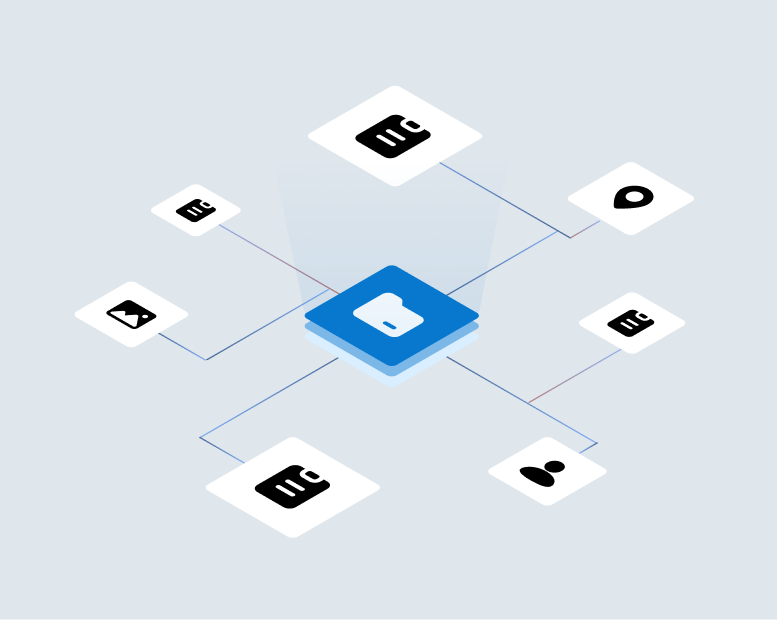Lithium-ion batteries are a marvel of modern technology, powering our lives with their compact size and impressive stamina. They’re in everything from our phones to our cars. However, this convenience comes with a hidden risk that continues to be overlooked: the potential for fires and explosions. We’ve discussed this in our previous article, Things Carriers Need to Do Right Now – Lithium Batteries, but the danger deserves ongoing attention.
Gitnux research reveals a troubling statistic: around 1.5% of lithium-ion batteries are involved in overheating, explosion, or fire incidents annually. The U.S. Consumer Product Safety Commission reports an average of one battery fire every two days in the nation. The frequency of these incidents demands awareness from homeowners and auto carriers alike.
Why the risk? Lithium-ion batteries pack a powerful punch, but this concentrated energy makes them susceptible to instability when mishandled. External factors like short circuits, improper charging, extreme temperatures, and physical damage can all spark a dangerous chain reaction. Sadly, a significant number of lithium-ion battery fires stem from these avoidable causes.
The dangers are closer than you think Your smartphone, often tucked away in a pocket, could harbor the most common lithium-ion battery hazard. Faulty lithium-ion batteries are behind nearly half of all cell phone fires, often due to improper charging or the use of incompatible chargers. The risk extends to your home and garage, lurking within e-scooters, e-bikes, power tools, laptops, tablets, and even safety devices like smoke alarms.
Taking action – Education and prevention Homeowners and auto carriers play a vital role in reducing the dangers posed by lithium-ion batteries. Here’s how:
- Know your inventory: Recognize the wide range of devices and vehicles within your customers’ properties that likely rely on lithium-ion batteries.
- Educate your customers: Emphasize safe lithium-ion battery practices:
- Always refer to the manufacturer’s instructions.
- Use only approved, device-compatible chargers.
- Avoid unattended or overnight charging when possible.
- Charge devices in well-ventilated, cool areas.
- Refrain from storing devices in direct sunlight or extreme heat.
- Regularly check batteries for any signs of damage or swelling.
- Dispose of damaged devices or batteries responsibly, often at dedicated recycling facilities.
Spreading the word
Share resources from carriers like Nationwide, which provide safety guidelines for lithium-ion batteries. Working together, we can empower our policyholders with knowledge about the safe use of this powerful, yet potentially hazardous technology.
Beyond small devices, electric vehicles: Heightened risks
It’s important to understand that electric vehicles (EVs) bring a unique dimension to the lithium-ion battery hazard. Their batteries are significantly larger and contain substantially more energy than those in consumer devices. If damaged, thermal runaway – an uncontrolled chain reaction within the battery – can create intensely hot fires that are difficult to extinguish. These fires pose a risk both on the road in the event of an accident and while the vehicle is stored in a garage. We expand on the claim and carrier implications in our article, Will insurers be left with the bill for EV battery damage?.
The insurance bottom-line
Lithium-ion batteries are integral to modern life, but their risks can’t be ignored. Carriers must integrate the identification and mitigation of battery risks into their application, endorsement, and renewal processes. VeracityID’s tools make detecting and resolving excess risks far quicker, cheaper, and simpler for carriers, agents and customers.
VeracityID offers idFusionTM an automated risk selection toolset that allows business teams to detect and rapidly compose highly targeted solutions to stop hundreds of different errors, premium leaks, and frauds – all before a new risk is bound. idFusion integrates seamlessly with personal auto and homeowners core systems.


